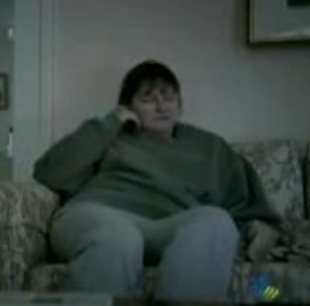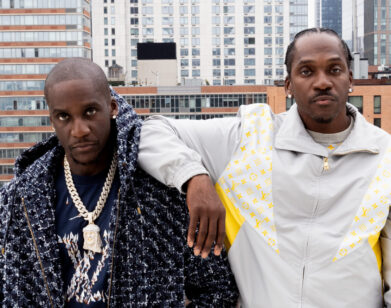Side Effects May Include

“Downturn” and “recession” and “economic collapse” were repeated on CNN. Commercials interrupted news we already knew. I liked the woeful but somehow uplifting ones best: Laurie Metcalf’s tears for the unloved children of Africa, the easy-to-use diabetes testing kit that comes right to your door, the lightweight and easy-to-store oxygen tanks.
But I waited for the Cymbalta ad, the one with the dreary people in dreary empty rooms staring into space, hopeless, with the soothing oboe lilting away in the background. “Where does depression hurt?” the announcer asks, sounding calm as a handsome soap opera doctor. “Everywhere,” he answers.
It was time to go outside. If the world was about to change forever, I thought I should collect signs of life or record what might become artifacts. I took my notebook and a pen. I didn’t write much down.
I went to nearly every gallery in Chelsea yesterday afternoon. They were surprisingly crowded. That seemed a healthy sign of life. But were the women in fur soon to be artifacts? Or their fringed, gold leather handbags? Were Terry Winters’ beautiful, transparent paintings at Matthew Marks the spring of joy out there, yet to be discovered?
On the street, everything wrong came in super-sized proportions. I don’t need the block-long Duane Reade on my corner at 2nd Avenue and the Duane Reade Express on my corner at 3rd. I don’t need a manicure available at every intersection in the city. I wished that my family was in the business of making signs for banks-Wachovia becomes Chase becomes Citibank, or however it goes-and there is a bank on every block. New bank signs must be in high demand.
On Sunday a friend who could find no work and had decided to leave the country laughed about a man he had seen in Ibiza several summers ago. “Ideas! Ideas for sale!” the man barked from a street corner. Later in Union Square a man tried to sell me a poem. I said no thank you, and looked forward to the Cymbalta clarinet and bed.






